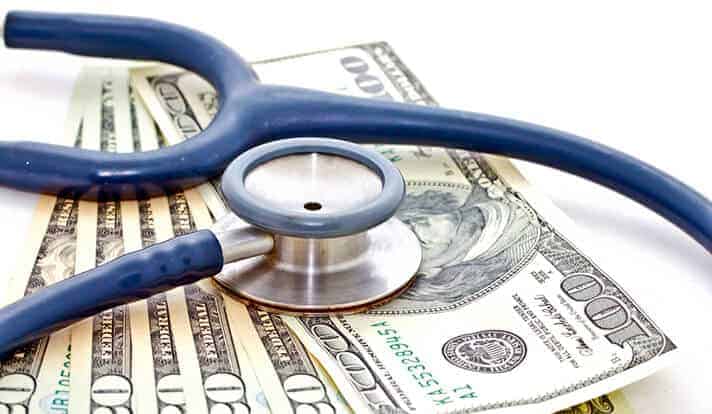In an unprecedented study of 2.2 million emergency room visits across the United States, Yale researchers found that 22% of patients who went to emergency departments within their health-insurance networks were treated by an out-of-network doctor and potentially incurred major, unexpected expenses.
The study, based on data from a large commercial insurer that included tens of millions of covered individuals, provides the first national estimate of the frequency of “surprise” out-of-network medical billing. The researchers describe their findings in an article published in the Nov. 16 edition of the New England Journal of Medicine.
Doctors working in hospitals do no necessarily have contracts with insurance companies that mirror those of the hospitals where they work. As a result, a patient can go to a hospital in their insurance network, but be treated by an out-of-network physician. Often, the patient is held liable for these costs.
“Most patients with health coverage go to in-network emergency rooms and rightly expect to be treated by in-network doctors,” said Zack Cooper, assistant professor of public health and economics at the Yale School of Public Health and one of the study’s authors. “Our study shows that nearly a quarter of people who visited in-network emergency rooms were exposed to potentially major costs. This is just wrong and we must do better. People should not face financial ruin from medical bills they cannot reasonably avoid.”
Cooper and co-author Fiona Scott Morton, the Theodore Nierenberg Professor of Economics at the Yale School of Management, focused the study on emergency room visits for people under 65 years of age that occurred nationwide between January 2014 and September 2015, which amounted to 2.2 million visits covering all 50 states and more than $7 billion in spending. They discovered that patients were charged for out-of-network care on 22% of the visits.
Out-of-network emergency physicians charged 798% of Medicare rates, while in-network emergency physicians generally were paid at 297% of Medicare rates, according to the findings. The researchers calculated that patients were exposed to an average bill of $622.55 (and potentially much more) if their insurer only covered in-network rates. According to the Federal Reserve, 47% of Americans could not cover an unexpected $400 expense without incurring credit card debt or selling assets.
Cooper and Scott Morton argue that state policies dealing with surprise out-of-network billing are inadequate and, possibly due to an absence of national data, there has not been federal action on the issue. The researchers propose that hospitals be required by law to sell an emergency care package that includes physician services and facility fees together. The hospital would be responsible for staffing its own emergency room and paying the physicians directly.
“This solution would preserve competition among physicians, hospitals, and insurance carriers,” said Scott Morton. “Most importantly, it would ensure that when patients visit the emergency department, they aren’t surprised by expensive medical bills.”


